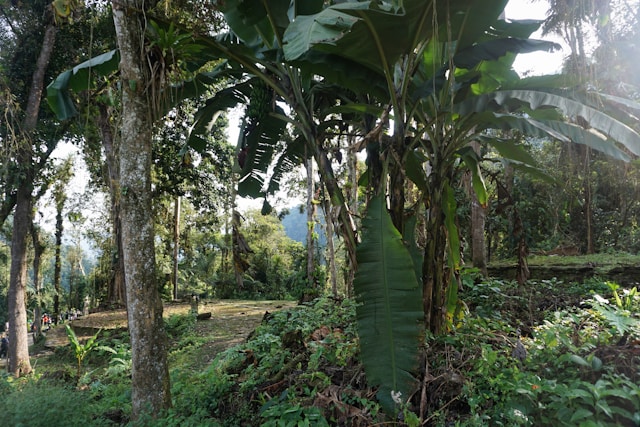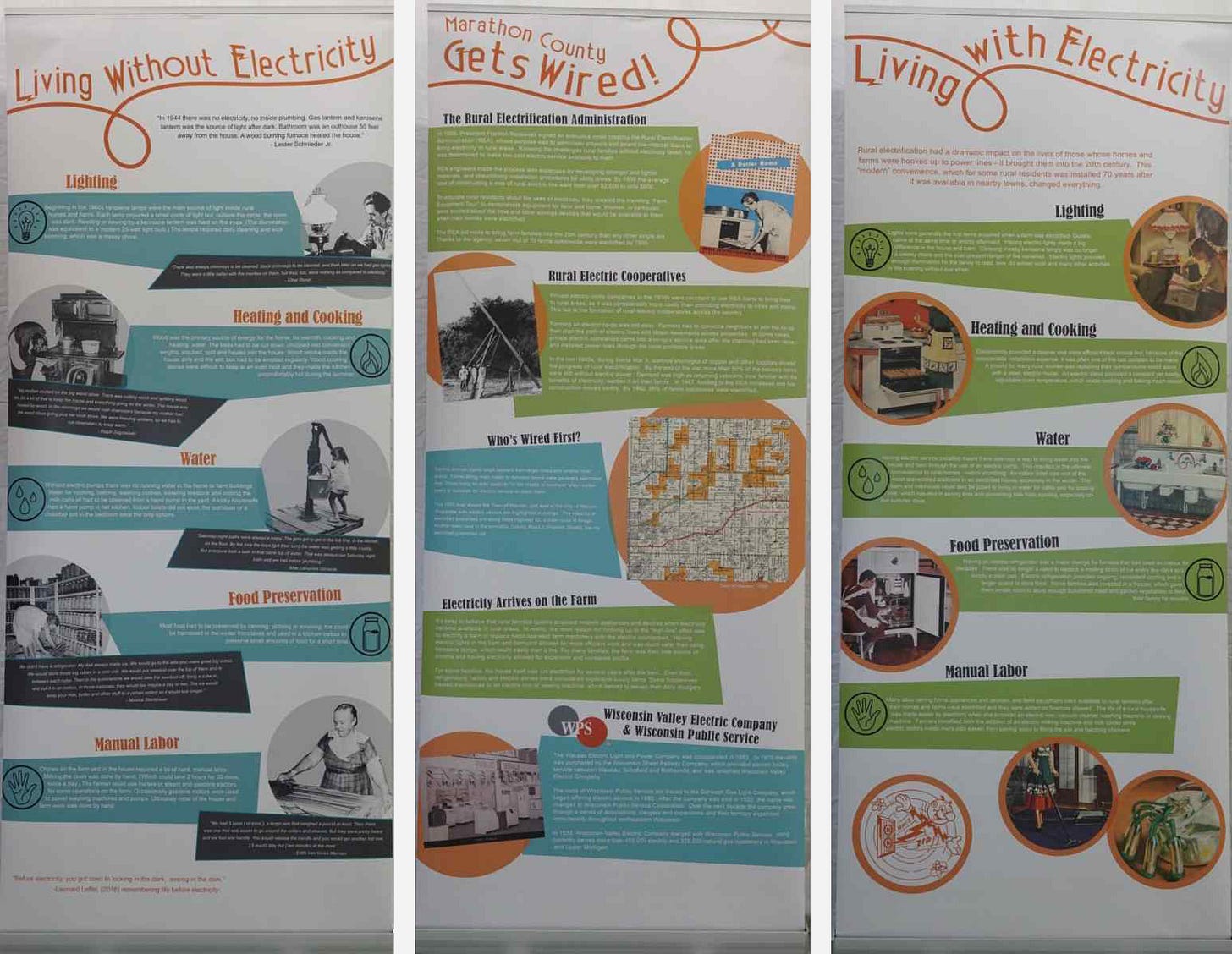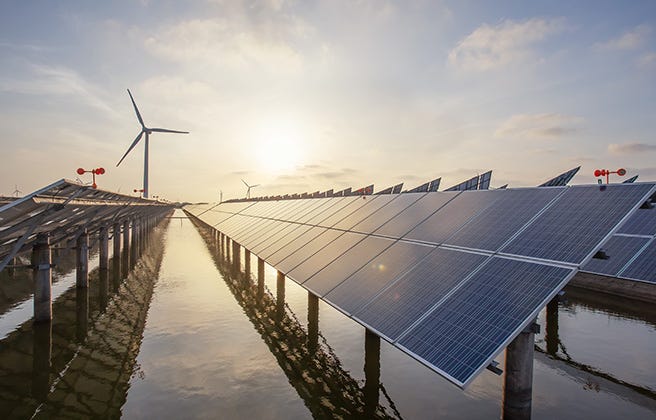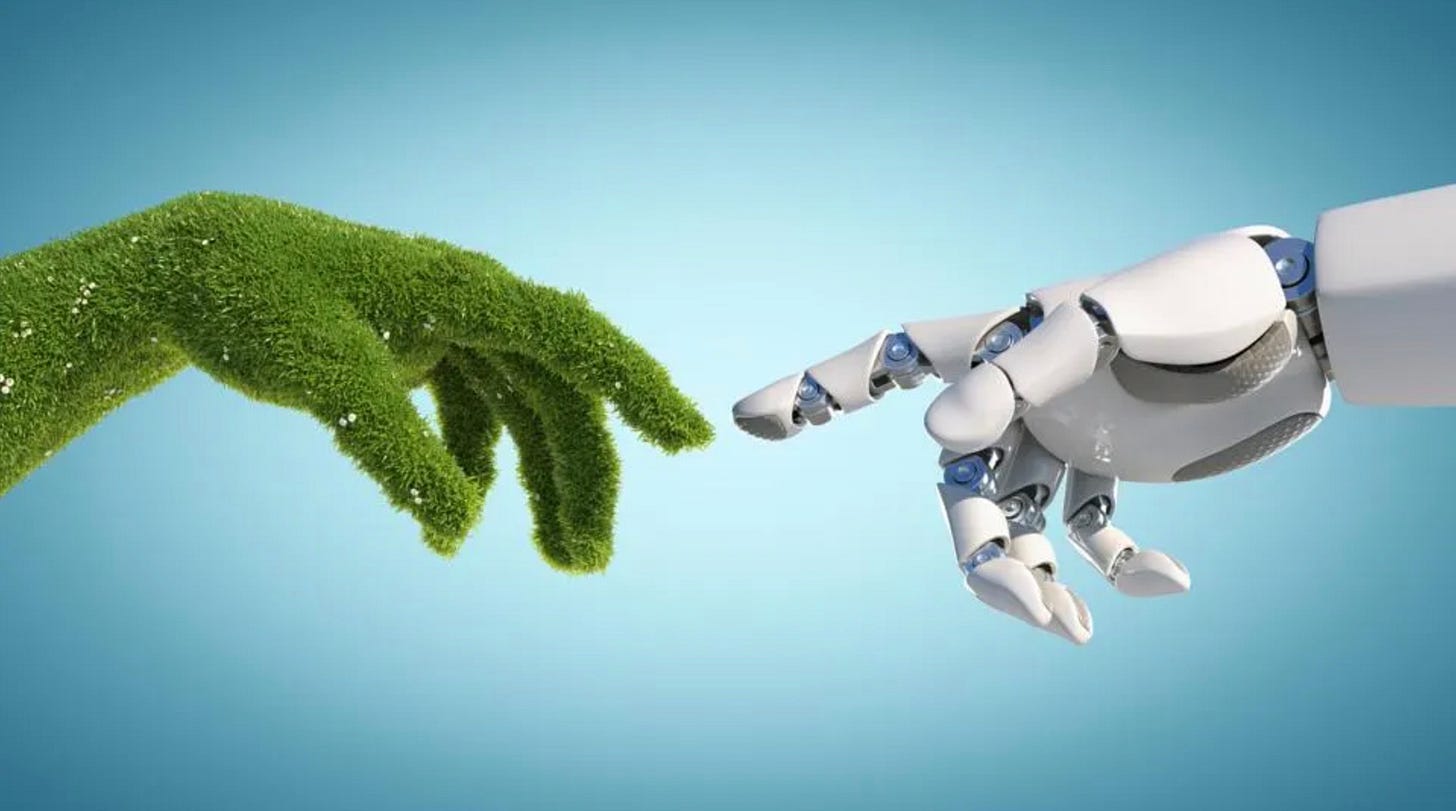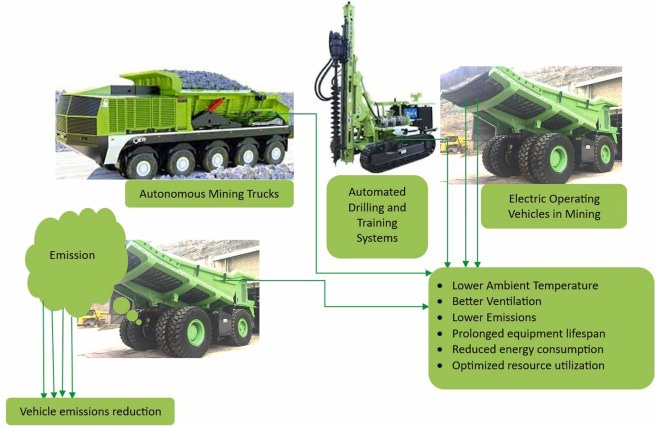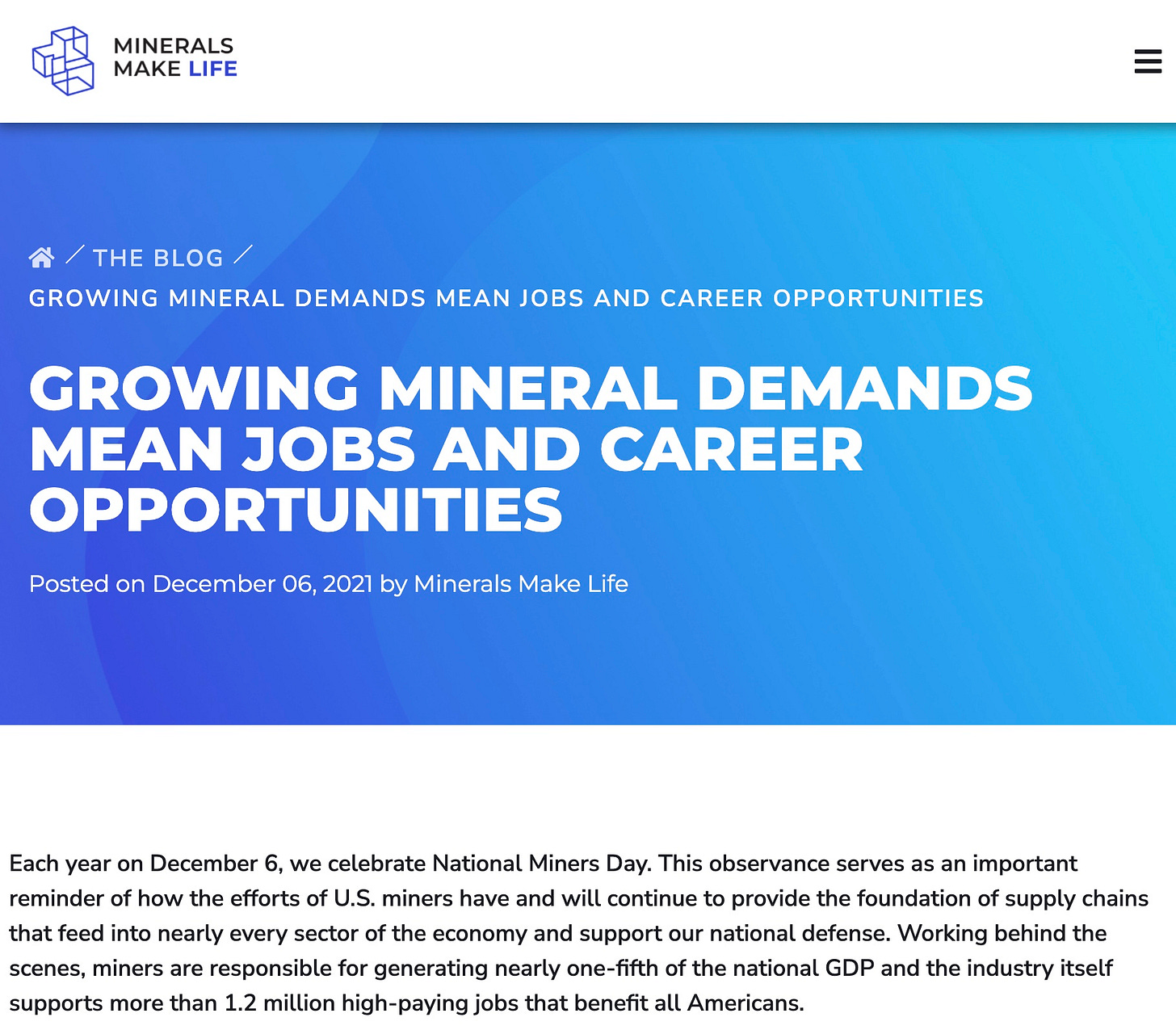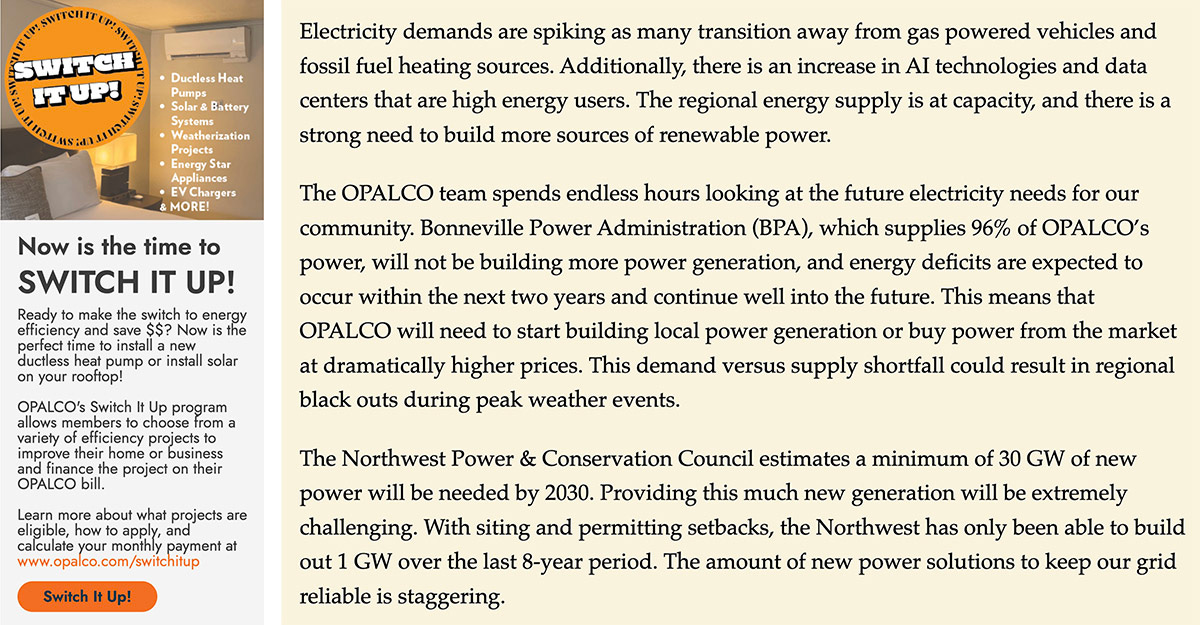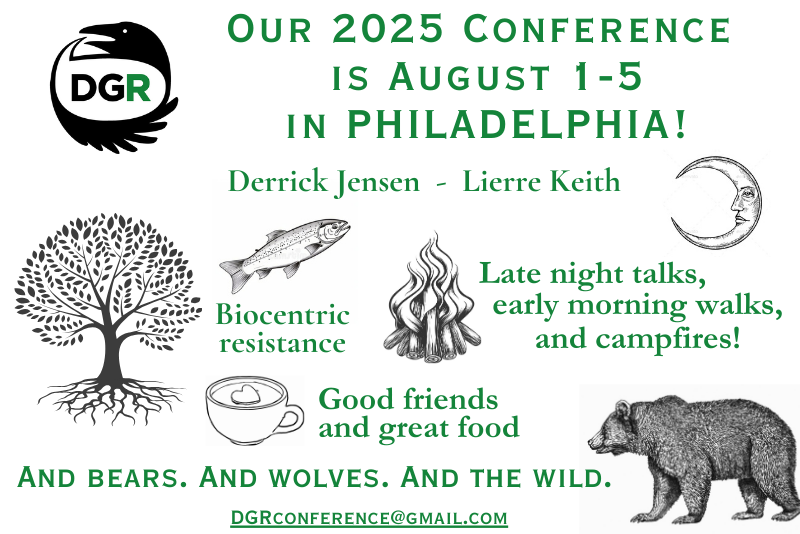
DGR’s next annual conference
August 1-5, 2025 in Philadelphia.
The Deep Green Resistance Annual Conference will make its East Coast debut this year in Philadelphia. This is an opportunity to build our movement with activists who may have been unable to attend our previous conferences on the West Coast. Your conference ticket includes all meals, overnight accommodations (beds are limited, so some people may be on couches or floors), great workshops and discussions, and a chance to talk to Derrick Jensen in an intimate setting.
Friday will include dinner and some fun ice-breaker activities. Saturday programming will begin in the morning with a presentation by Lierre Keith and continue through Sunday with talks and workshops by active DGR members, supporters, and board members. Presentations will be live-streamed when possible.
The weekend’s focus will be on:
- Deeper strategic thinking and analysis about the health and progress of our movement.
- Next steps for DGR’s organizing and educational efforts.
- Envisioning yourself as an active participant in DGR’s essential work.
We’ll also have nightly campfires with songs, stories, and snacks.
We cannot extend our stay in the main space past Monday morning August 4th, but if you want to stay an additional day, you can be accommodated in a camping area nearby. Bring your camping gear if that sounds fun!
Tickets are on a sliding scale. Our real costs per participant will be about $200/person. No one is turned away for lack of funds. Please consider paying a bit more if you are in an upper-income bracket, and a bit less if you are in a lower income bracket.
In this society, we tend to forget that lower income people have much less disposable income for extras of any kind than do higher income people. So what ends up happening is that lower income people actually end up subsidizing the participation of higher income people at events where everyone pays the same price to attend.
Suggested amounts are listed by income, but you are the best judge of what you can afford. Please pay what you can, and if you can’t pay, you are very much still welcome to attend.
If you want to support this event, please consider making a Donation in either your name or a loved one’s honor. We have people who want to attend but need help.





